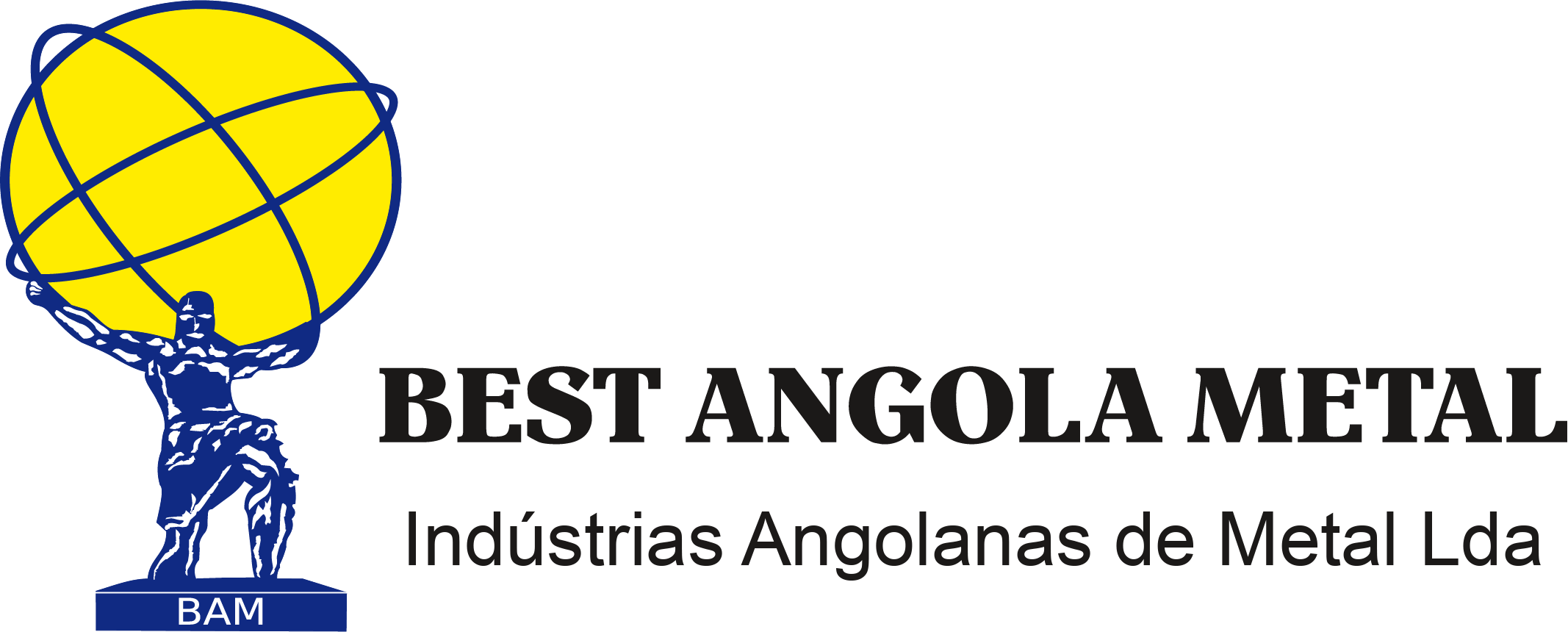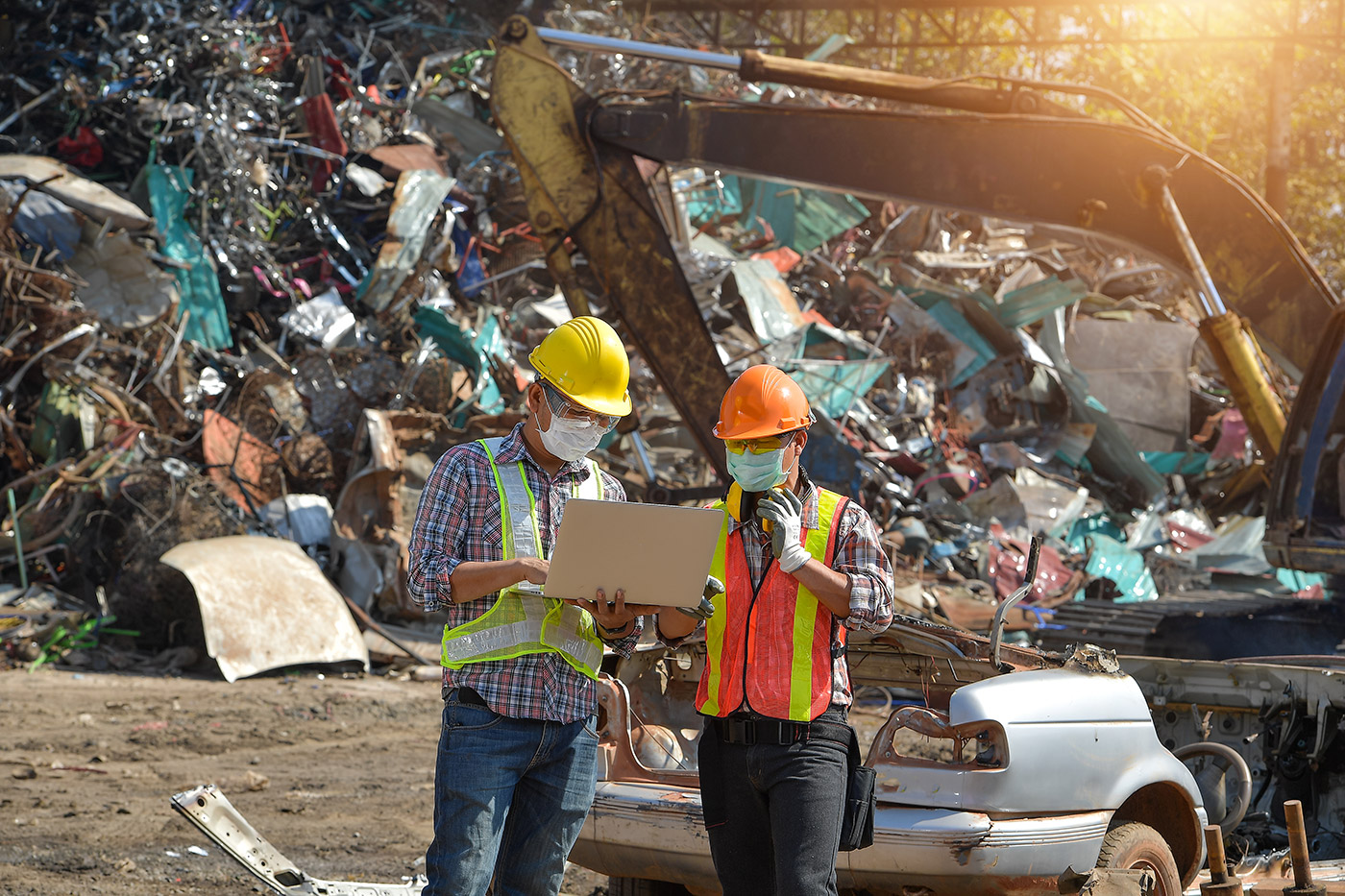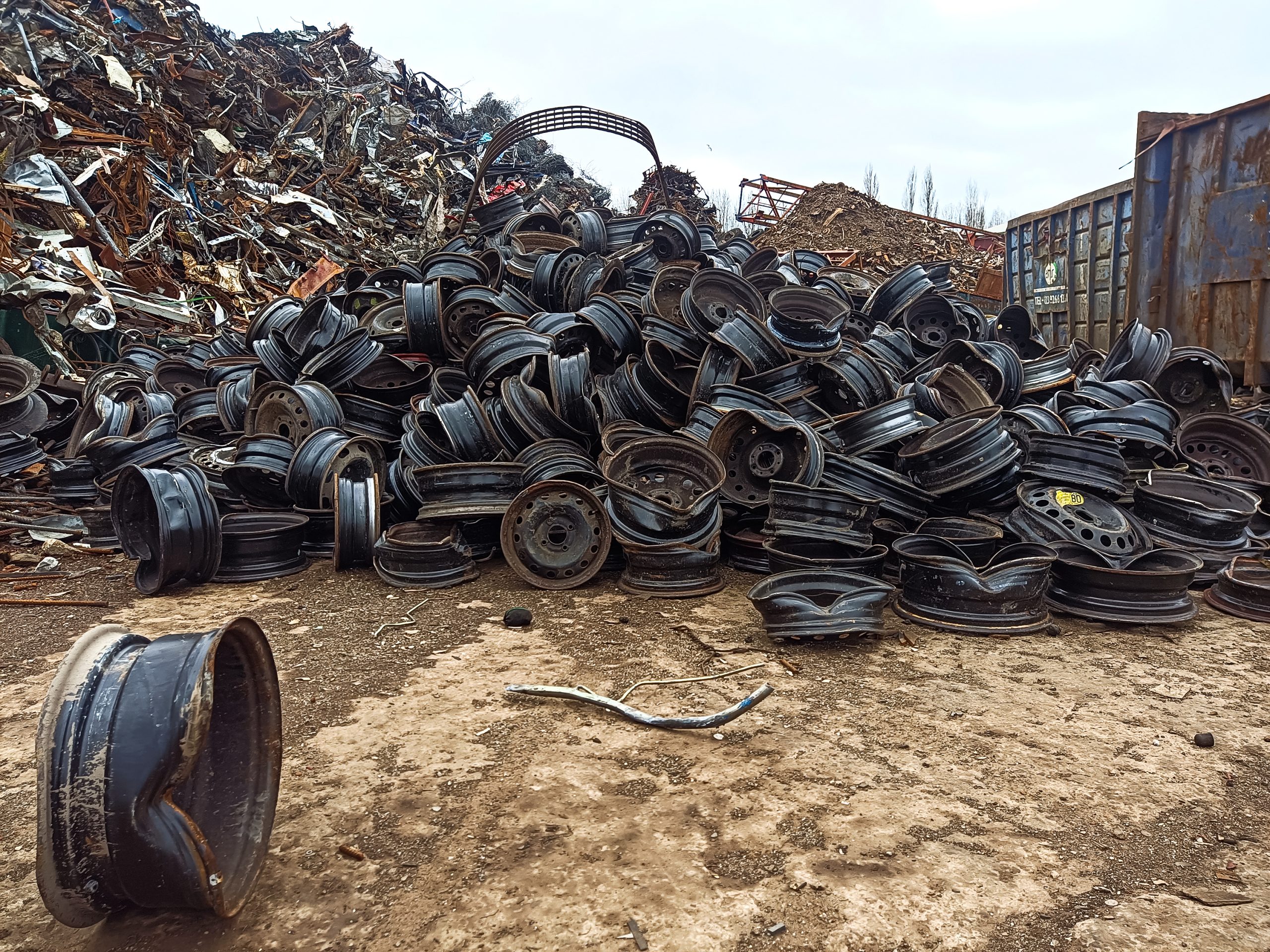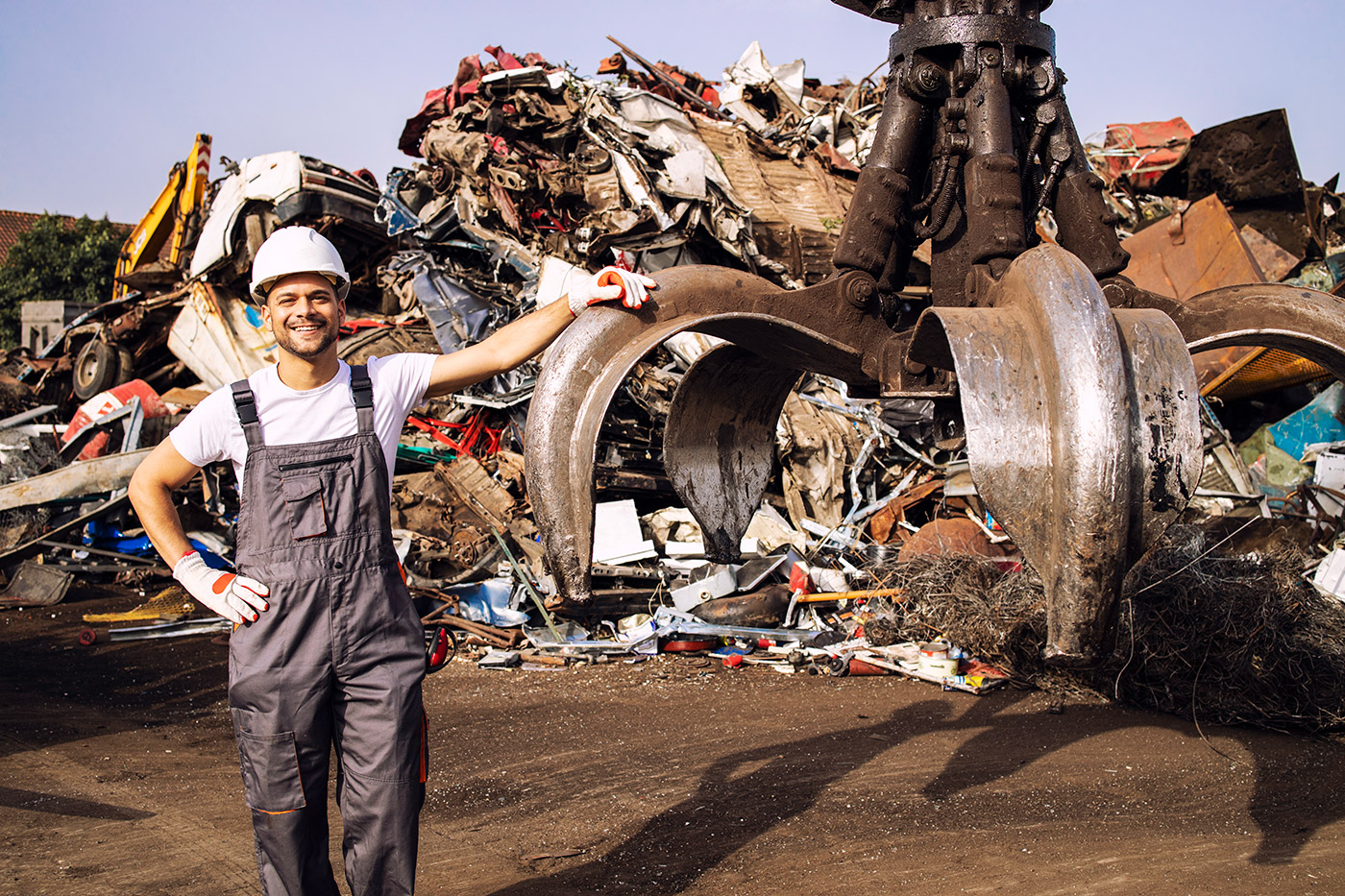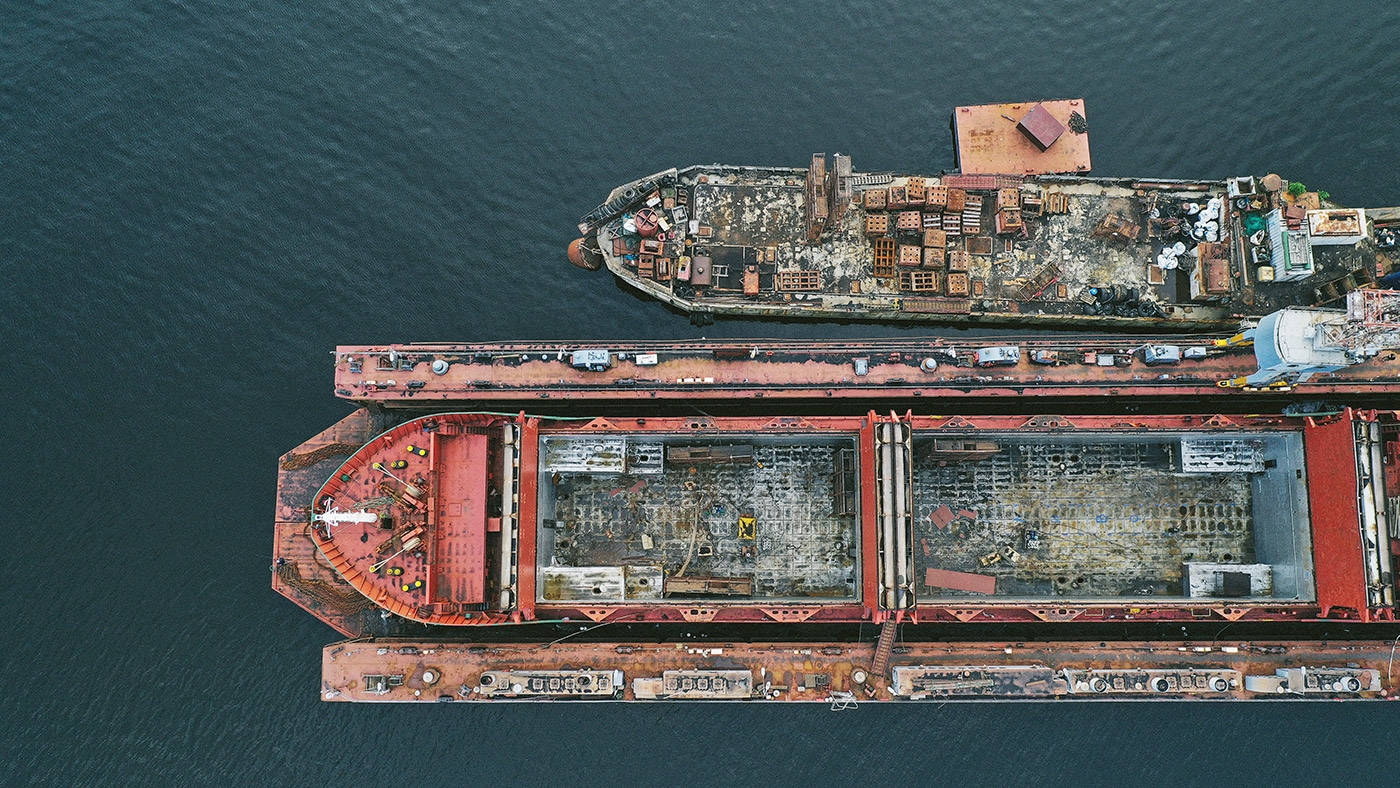Recycling metal is a simple and effective way to reduce waste and protect the environment. It also offers financial benefits, making it a smart choice for individuals and businesses alike. Here are some key things to know about metal recycling:
Scrap Metal Recycling: This process involves recovering and processing recyclable metal materials from end-of-life products and structures. The materials can then be transformed into new goods, reducing the need for virgin materials.
Types of Recyclable Metals: There are two main categories of scrap metal: ferrous and non-ferrous. Ferrous metals, such as iron and steel, are magnetic and can be easily separated from other materials using powerful magnets. Non-ferrous metals, including aluminum, copper, nickel, and zinc, can also be recycled and have a wide variety of uses.
Ferrous Metals: Common sources of ferrous scrap metal include construction materials, transportation parts, and containers. This type of scrap is easy and valuable to recycle back into the same stream it came from, as it doesn’t require much processing.
Non-Ferrous Metals: Because these metals don’t lose their chemical properties during recycling, they can be endlessly reused. Precious metals like gold and silver also fall into this category, along with more common metals like copper and aluminum.
Non-Recyclable Metals: While the list of non-recyclable metals is short, it includes some toxic and radioactive materials. It’s important to check with a scrap yard before bringing in metal items you’re unsure about.
By recycling metal, you can reduce waste, conserve resources, and even earn some extra cash. So next time you’re cleaning out your garage or working on a construction project, remember the benefits of metal recycling.
